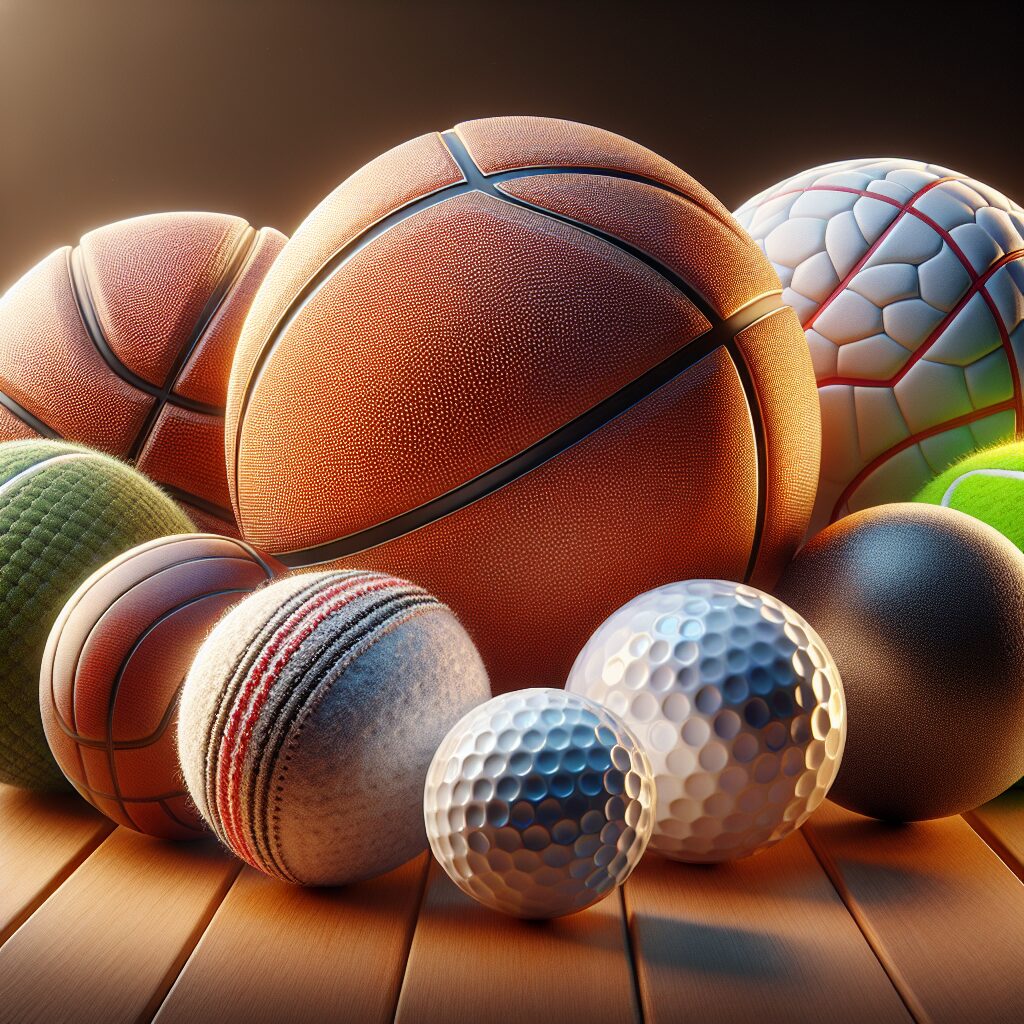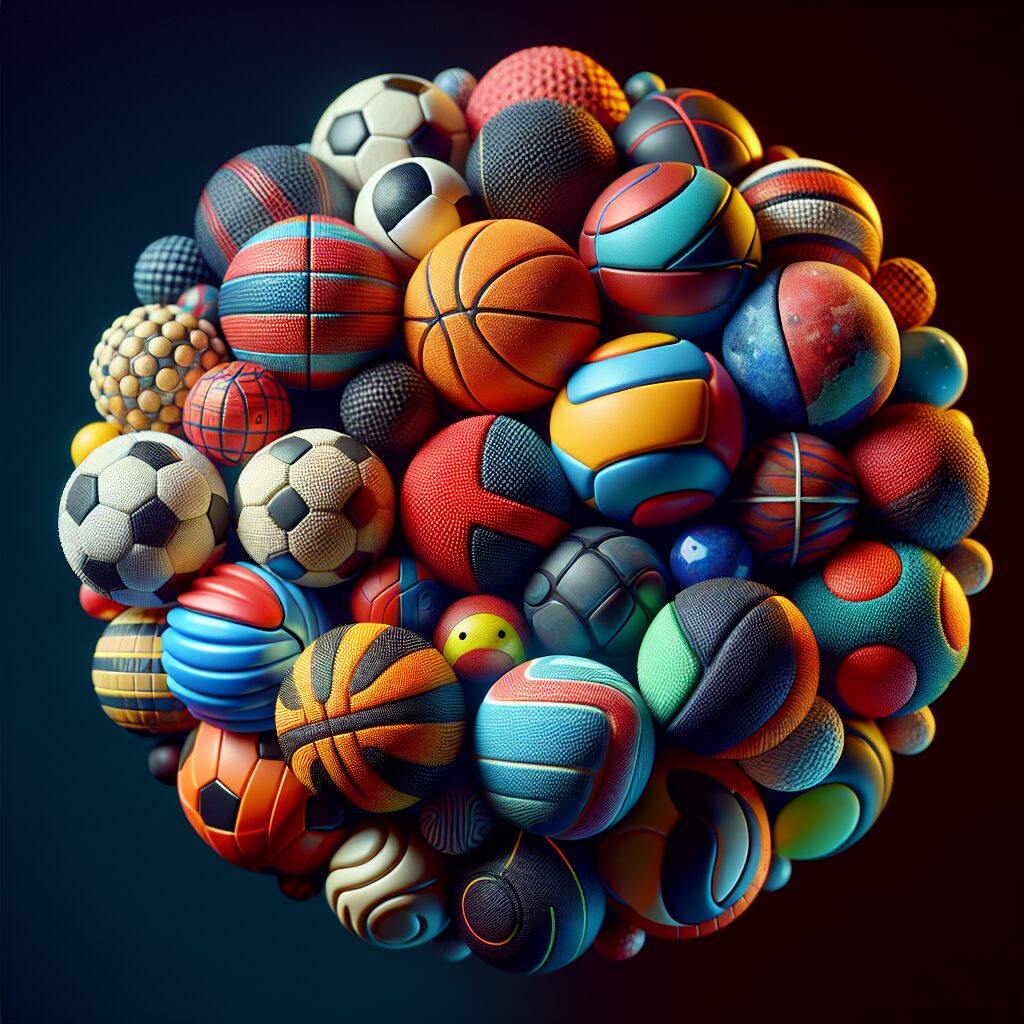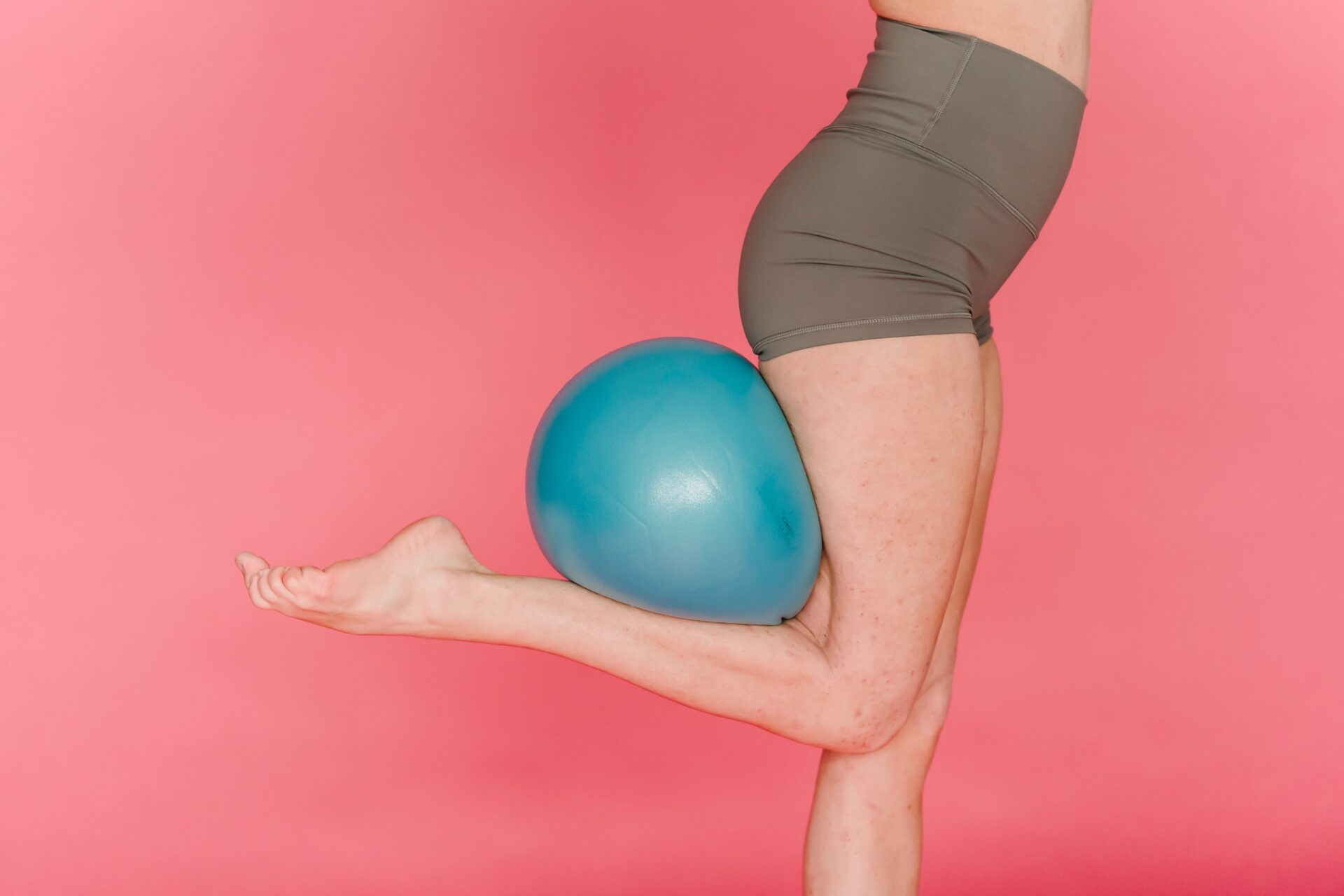Choosing the right outer cover materials for sports balls is a crucial decision that can significantly impact the performance and durability of the ball. The outer cover of a sports ball serves as the first line of defense against wear and tear, as well as influences its grip, bounce, and overall feel. With an array of options available in the market, it is important to understand the unique features and impacts of different materials to make an informed choice.
One interesting fact to consider is that the outer cover materials used for sports balls are often chosen based on the specific sport and its requirements. For example, in basketball, where grip and bounce are crucial, a rubber or synthetic leather cover is commonly used. On the other hand, in sports like soccer or rugby, where durability and water resistance are important, materials like polyurethane or PVC are often preferred. Understanding these unique requirements is essential in order to select the right outer cover material for each sport.
In the following section, we will delve deeper into the key takeaways when it comes to choosing the right outer cover materials for sports balls. We will discuss the impact of different materials on the ball’s performance, durability, and grip. Additionally, we will explore the advancements in technology that have led to the development of innovative materials for sports ball covers. By the end of this article, you will have a better understanding of the factors to consider and be equipped with the knowledge to make an informed decision when selecting outer cover materials for sports balls.
Key Takeaways
1. The outer cover material of a sports ball plays a crucial role in its performance and durability. It affects the ball’s flight, grip, bounce, and resistance to wear and tear. The choice of material depends on the specific sport, playing conditions, and player preferences.
2. Leather is a popular and traditional choice for many sports balls, such as footballs and cricket balls. It provides excellent grip, air retention, and control. However, leather requires regular maintenance and can be affected by weather conditions.
3. Synthetic materials, like polyurethane or polyvinyl chloride (PVC), are commonly used for sports balls due to their durability, water resistance, and ability to retain shape. They are often more cost-effective than natural materials and offer consistent performance across various conditions.
4. Rubber is often used in sports balls due to its elasticity, durability, and resistance to wear and tear. It provides a good bounce and is commonly used in basketballs, volleyballs, and tennis balls. However, rubber may lack the grip and feel of other materials.
5. The choice of outer cover material should consider factors such as the surface on which the sport is played, the playing environment, and the intended use of the ball (e.g., training, competition). It is crucial to balance performance, durability, cost, and other considerations to ensure an optimal choice for each sport and its respective players.
What are the Factors to Consider When Choosing the Right Outer Cover Materials for Sports Balls?
Material Durability
One crucial aspect to consider when choosing the outer cover materials for sports balls is their durability. The material should be able to withstand the impact, abrasion, and rough handling that occurs during gameplay. It should have excellent resistance to tearing and should not wear out quickly, ensuring the ball’s longevity.
Grip and Traction
The grip and traction provided by the outer cover material directly affect the performance of sports balls. The material should offer sufficient friction to allow players to have a secure hold on the ball, preventing it from slipping during throws, kicks, or hits. A good grip enhances control, accuracy, and facilitates better techniques in various sports.
Water Resistance
For sports played in wet or damp conditions, it is imperative to choose an outer cover material that offers adequate water resistance. Water absorption by the ball can significantly affect its weight, bounce, and performance. A waterproof or water-resistant material ensures that the ball remains consistent and playable even in rainy or wet environments.
Performance Consistency
Choosing an outer cover material that provides consistent performance is crucial for sports balls. The material should maintain consistent flight patterns, bounce, and responsiveness throughout the game. It should not deform, lose shape, or significantly change its properties over time, allowing players to rely on the ball’s predictable behavior during gameplay.
Playing Surface
Consider the type of surface the sports ball will be used on when selecting the outer cover material. Different materials are suitable for different surfaces, such as grass, turf, concrete, or indoor courts. The material should be compatible with the playing surface to offer optimal performance, durability, and minimize wear and tear.
Impact Protection
Sports balls often experience high-velocity impacts, collisions, or falls during intense gameplay. A suitable outer cover material should offer adequate impact protection to both the ball itself and the players involved. It should minimize the risk of injury while maintaining the integrity of the ball, ensuring longevity and safety.
Maintenance and Cleaning
Consider the ease of cleaning and maintaining the outer cover material. Sports balls can accumulate dirt, sweat, and debris during gameplay, and it is important to be able to clean them effectively without damaging the cover material. Some materials may require special care, while others may be easier to clean, making them more suitable for certain sports or environments.
Appearance and Branding
The outer cover material of sports balls also plays a role in their visual appeal and branding. Certain materials allow for better printing, customization, or the inclusion of logos, team names, or sponsorships. Consider whether the outer cover material aligns with the desired aesthetic or branding requirements of the sports organization, team, or event.
Cost and Budget
Lastly, take into account the cost and budget when choosing the right outer cover materials for sports balls. Different materials vary in price, and it is essential to find a balance between quality, durability, and affordability. Consider the long-term cost implications, including the lifespan of the ball and the potential need for replacements.
- What are the key factors to consider when choosing the right outer cover materials for sports balls?
- How does the material durability affect the longevity of sports balls?
- What role does grip and traction play in sports ball performance?
- Why is water resistance important for sports balls?
- How does consistent performance impact gameplay?
- What should be considered when selecting a material based on the playing surface?
- Why is impact protection crucial for both players and the ball?
- What role does maintenance and cleaning play in the choice of outer cover material?
- How does the appearance and branding of sports balls relate to the outer cover material?
- What role does cost and budget play in choosing the right outer cover materials for sports balls?
Choosing the Right Outer Cover Materials for Sports Balls FAQ
1. What are the most common outer cover materials used for sports balls?
The most common outer cover materials used for sports balls include leather, synthetic leather, rubber, and polyurethane.
2. What are the advantages of using leather as the outer cover material for sports balls?
Leather offers excellent grip, durability, and a natural feel, making it a popular choice for sports balls. It also enhances performance and provides a pleasant playing experience.
3. Are synthetic leather sports balls as good as those made with genuine leather?
Synthetic leather sports balls have come a long way in terms of quality. While they may not provide the exact feel and characteristics of genuine leather, they offer their advantages, including increased durability and lower costs.
4. Is rubber a suitable outer cover material for all types of sports balls?
Rubber is commonly used as an outer cover material for sports balls like basketballs and soccer balls. Its bounce characteristics and durability make it an ideal choice for these sports.
5. How does polyurethane differ from other outer cover materials?
Polyurethane is a synthetic material known for its strength, abrasion resistance, and water resistance. It offers a balance of durability, grip, and performance, making it suitable for various sports balls.
6. What factors should I consider when choosing the right outer cover material for sports balls?
Some key factors to consider include the sport type, playing surface, desired grip, durability requirements, and budget. Understanding these aspects will help in selecting the most appropriate outer cover material.
7. Can the choice of outer cover material affect the performance of a sports ball?
Absolutely! The outer cover material significantly influences a sports ball’s performance. Factors such as grip, ball control, bounce, and overall feel can be directly impacted by the choice of material.
8. Is it essential to match the outer cover material with the playing surface?
In some cases, matching the outer cover material with the playing surface can enhance the performance and durability of the sports ball. For example, using a rubber ball on a hard court may provide better grip and prevent excessive wear.
9. Are there any specific care instructions for sports balls with different outer cover materials?
Yes, the care instructions may vary depending on the outer cover material. It is essential to follow the manufacturer’s guidelines for cleaning, storage, and maintenance to prolong the lifespan of the sports ball.
10. Can I customize the outer cover material for sports balls?
Customizing the outer cover material is often possible for specialized or personalized sports balls. However, it may require specific arrangements and additional costs. Consult with the manufacturer or supplier for more information.
Final Thoughts on Choosing the Right Outer Cover Materials for Sports Balls
Choosing the right outer cover material for sports balls is a crucial decision that can impact the game and player performance. It is essential to consider various factors such as sport type, playing surface, desired characteristics, and budget before making a choice. Taking the time to understand the properties and advantages of different materials can help ensure an optimal playing experience.
Remember, there is no one-size-fits-all solution when it comes to outer cover materials for sports balls. Each material has its unique attributes, and what works best for one sport may not be ideal for another. It is always recommended to try different types of sports balls and consult with experts or fellow players to find the perfect match for your specific needs. By doing so, you can maximize your enjoyment and performance in your favorite sports while using the right outer cover materials.




